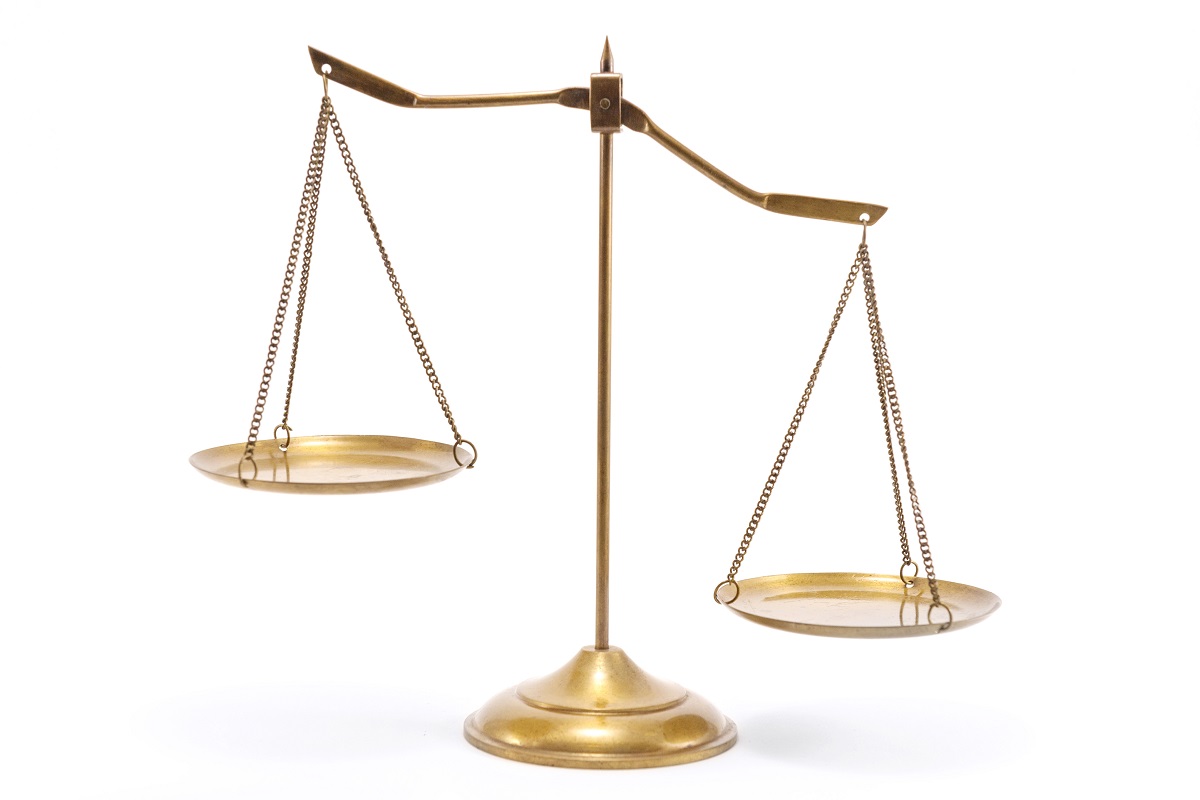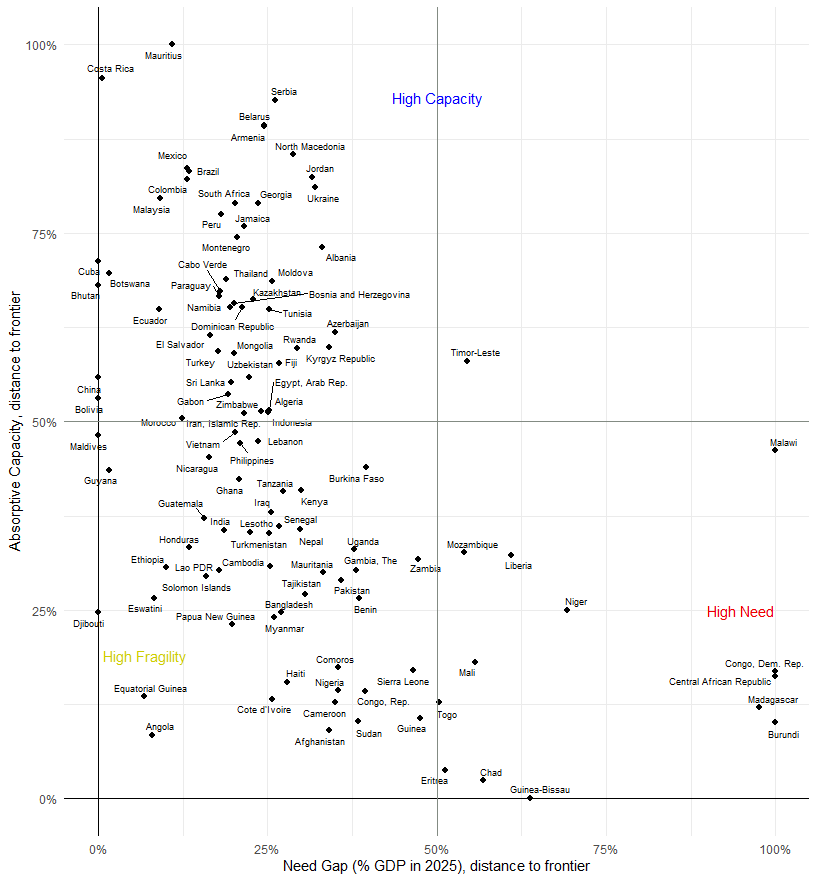Recommended

POLICY PAPERS
UK Prime Minister Boris Johnson ruffled aid advocates’ feathers a few months ago by folding the nation’s well-regarded, cabinet-ranking international development department (DfID) into its foreign affairs ministry. This merger saw the creation of the new Foreign, Commonwealth & Development Office (FCDO). He said at the time “one cardinal lesson of the pandemic is that distinctions between diplomacy and overseas development are artificial and outdated.” He illustrated his point by contrasting UK aid spending on Zambia unfavourably with that on Ukraine, suggesting the former was too generous. We think this kind of juxtaposition sparks a valid debate, and not just on the national-security grounds to which Johnson was doubtless alluding. While many critics perceived this speech as a suggestion that aid would be taken away from Zambia, we’ve crunched the numbers and think there’s also a case to be made to provide aid to other, less “traditional” aid recipient countries.
Development agencies around the world still tend to look at need and capacity separately. Especially in this age of global threats, we should consider a country’s development needs together with their social, environmental, and governance resilience. This could lead to better allocations and greater recognition of the trade-offs being made, and of the timeframes involved. Deep reforms needed to boost underlying resilience and capacity, anchored in a robust social contract, cannot be improvised overnight, nor within the relatively short timeframe of a typical international debt workout. They may take far longer and ultimately emerge independently of external involvement. Official aid agencies should look more closely at these dynamic underpinnings of national solvency—at transformative social, environmental, and governance performance and potential—and worry less about liquidity, the narrower focus of private creditors.
Modelling needs
In a paper published today, we model country needs and absorptive capacity—a simplified resilience framework on the above lines—for most developing countries. To assess absorptive capacity—which we define as the ability to use funds well for sustainable development—we used established batteries of international indices to assess countries’ environmental performance, social inclusion, and broader governance policies. We contrasted absorptive capacity with country-specific estimated “needs gaps,” the difference between the costs of achieving the Sustainable Development Goals (SDGs) at national level and the resources available on current growth projections.
The results of such a Global Resilience Framework (Figure 1) show large variations and no strong patterns of association between a country’s need for aid and its ability to put that aid to use in the service of sustainable development.
Figure 1. Global Resilience Framework: ODA-eligible countries, plotted by needs gap and absorptive capacity
The bottom right, “High Need” quadrant exhibits large needs gaps and, on balance, extremely low capacity. These countries will require external support for one or more generations, in what we term “extended humanitarianism”—a legitimate holding operation while waiting for development fundamentals to emerge, nudging the process along where possible. Other countries (bottom left, “High Vulnerability” quadrant) are also vulnerable in diverse ways—they also have low capacity, but their needs gaps are proportionately smaller, often because, to their credit, they have already invested intensively in the SDGs. But can they continue along this narrow path for many more years, or are they in danger of relapsing toward red? Yet other countries (top two quadrants, “High Capacity”) still show, on the whole, significant needs gaps plus more solid evidence of resilience, hence the ability to undertake effective reconstruction investments at scale and pace.
We can unpack these dimensions and look at variations within countries and country groups. Let’s return to Zambia and Ukraine, for example, in a four-cornered radar-chart (fig 2), which also features the other duet Prime Minister Johnson quoted on when announcing the creation of FCDO: Tanzania versus Western Balkans (here, Bosnia).
Figure 2. Selected countries against elements of the GRF
Yes, Zambia (in yellow, signifying high vulnerability) has proportionately higher needs than Ukraine, as you might expect of the lower-income country of the pair. Ditto Tanzania, in relation to Bosnia, though the gap narrows. But in two of the three dimensions of resilience, namely environmental sustainability and social inclusion, Ukraine is in a different class to Zambia–putting it firmly in the high-capacity category in our framework. Interestingly, this superiority does not extend to broader governance ratings. In this respect Tanzania is also comparable to Bosnia-Herzegovina, which is superior (but somewhat less so) to Tanzania on social inclusion and, egregiously, environmental performance.What do we value most?
If you value needs above all else, the choice is clear: but how you can meet them, how likely you are to do so, and what you must invest in to get there, varies hugely. So there may be entirely different pathways, and blockages to be resolved, even in apparently promising (and needy) environments, and deep reforms will take much longer than most aid project horizons allow. Selective, targeted investments to improve capacity in one or other dimensions may help to some extent but are not a panacea.
You could also use such metrics to put a development price on any pure “diplomacy” considerations (to use Johnson’s term) which may be invoked to override development needs, resilience, and capacity. In the case of Ukraine, to be clear, we are not saying that one should de-fund Zambia in its favour. But we do think a decent case can be made for greater support for Ukraine, or Bosnia, based on development fundamentals, not just realpolitik.
To quote, wildly out of context, T.S. Eliot (Murder in the Cathedral, 1935): “The last temptation is the greatest treason: to do the right thing for the wrong reason”
Disclaimer
CGD blog posts reflect the views of the authors, drawing on prior research and experience in their areas of expertise. CGD is a nonpartisan, independent organization and does not take institutional positions.







